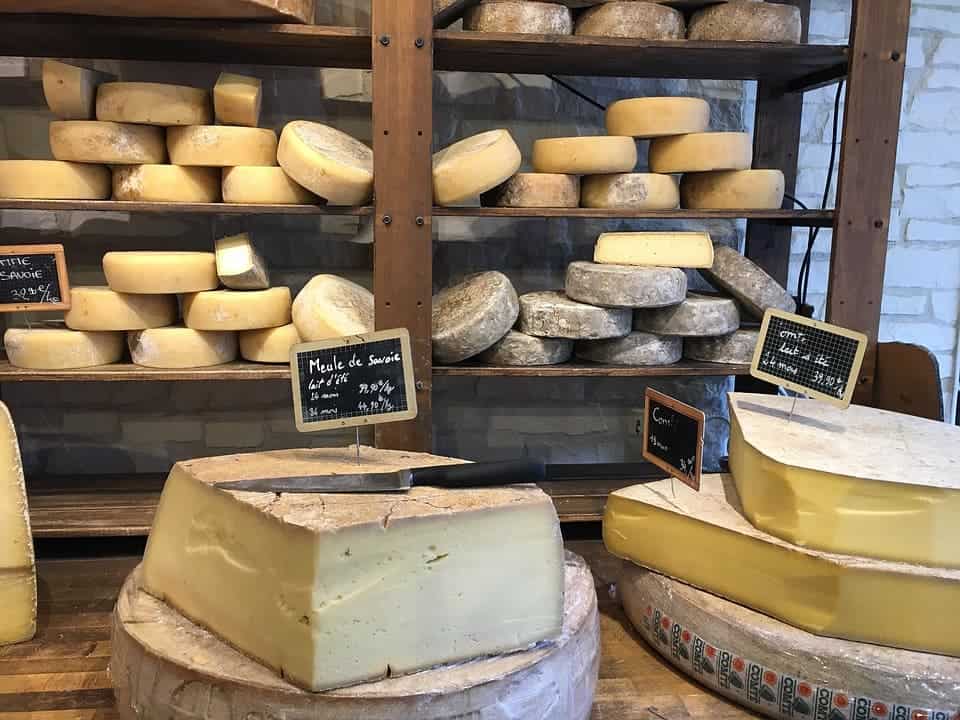The Germans are coming for your cheese! They want to make it tastier!

Researchers from the Technical University of Munich (TUM), the Leibniz-Institute for Food Systems Biology, and the University of Hohenheim have developed a new technique for identifying flavor-bearing protein fragments in fermented foods such as cheese or yogurt. They hope that their findings will form a launchpad from which to upgrade the tastiness of a wide range of foodstuffs.
Cheesy business
Just like everything else, fermented foods draw a lot of their taste from volatile aromatic compounds. Unlike most other things, however, the flavor profile of items like cheese, yogurt, beer, or soy sauce also depends heavily on non-volatile substances (i.e. things you can’t smell). Some of the most important compounds that fall under this category are fragments of (originally-long) proteins broken down by bacteria during fermentation of milk or grains.
Still, there’s a lot of these fragments out there — over 1000 have been documented to impart flavor in fermented-milk products alone. Even worse, they take a whole lot of time and effort to discover. To work around the issue, a team led by Thomas Hofmann, head of the Chair of Food Chemistry and Molecular Sensory Science at TUM, has developed a new method to discover these tasty bits.
The team combined existing methods of proteome (protein) research with methods of sensory research to quickly and efficiently identify the most flavorful protein fragments in a given sample. The team tested their procedure on two varieties of cream cheese — which had different degrees of bitterness. The goal was to identify exactly which protein fragments gave the cheeses their bitter off-taste.
“We coined the term ‘sensoproteomics’ for this type of procedure,” said Andreas Dunkel from the Leibniz-Institute for Food Systems Biology, lead researcher for the study.
An initial review of the literature on the subject told the team that there would be roughly 1,600 different protein fragments that could create a bitter off-taste in dairy products. Chromatography-coupled mass spectrometer analysis in tandem with computer simulations narrowed the search down to 340 potential candidates. Comparative spectrometric, sensory, and quantitative analyses further reduced the number of fragments responsible for the bitter cheese flavor to 17.
“The sensoproteomics approach we have developed will, in the future, contribute to the rapid and efficient identification of flavor-giving protein fragments in a wide range of foods using high-throughput methods—a significant help in optimizing the taste of products,” says Prof. Hofmann.
The paper “A New Approach for the Identification of Taste-Active Peptides in Fermented Foods” has been published in the Journal of Agricultural and Food Chemistry.






